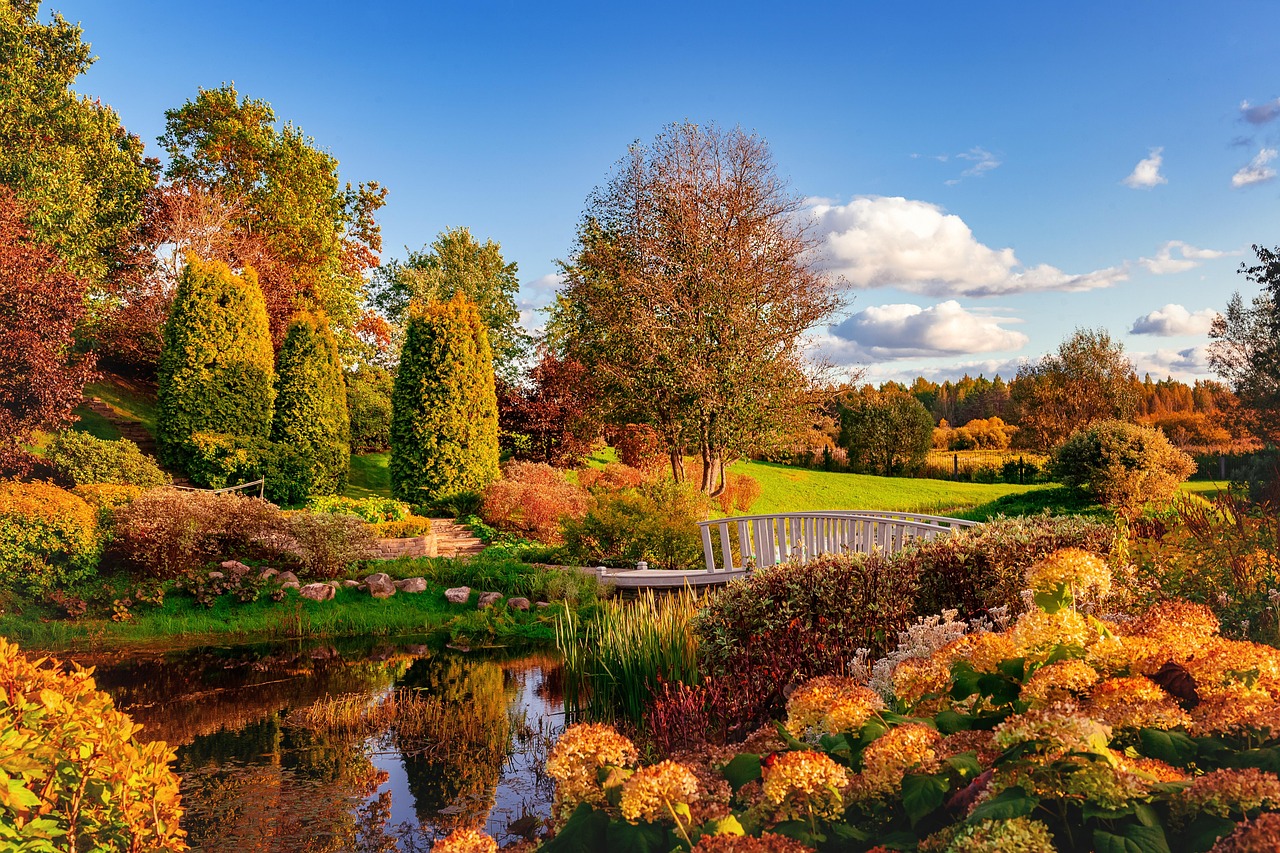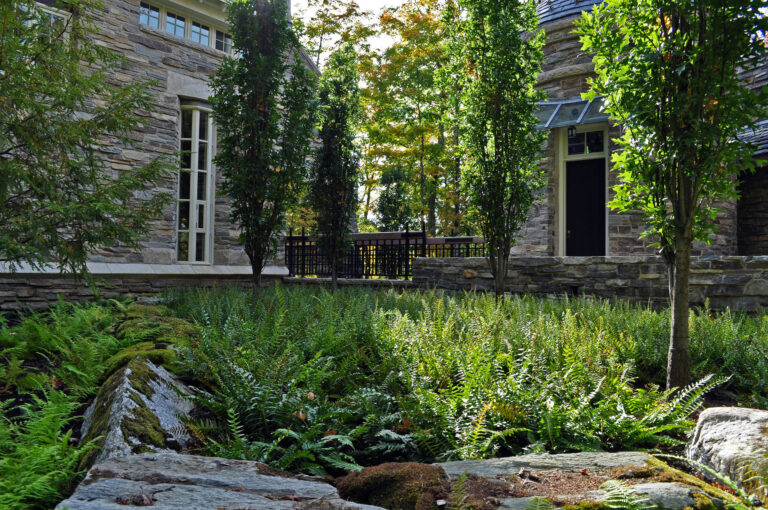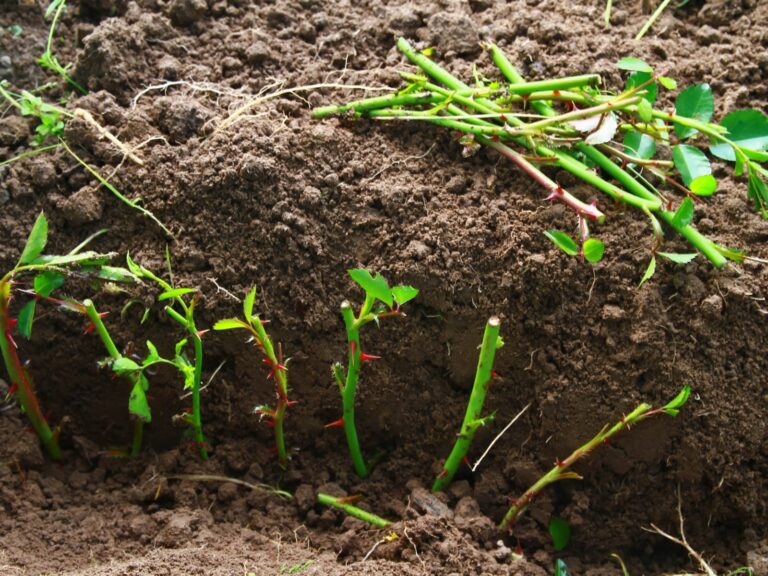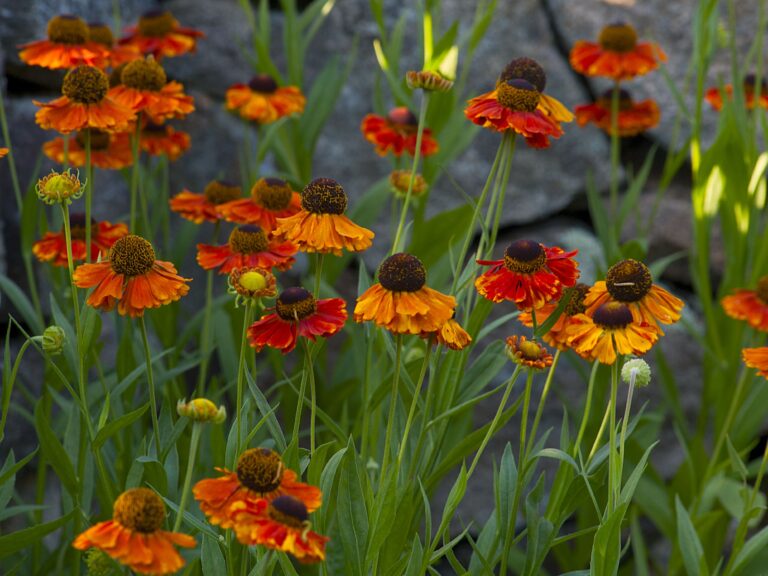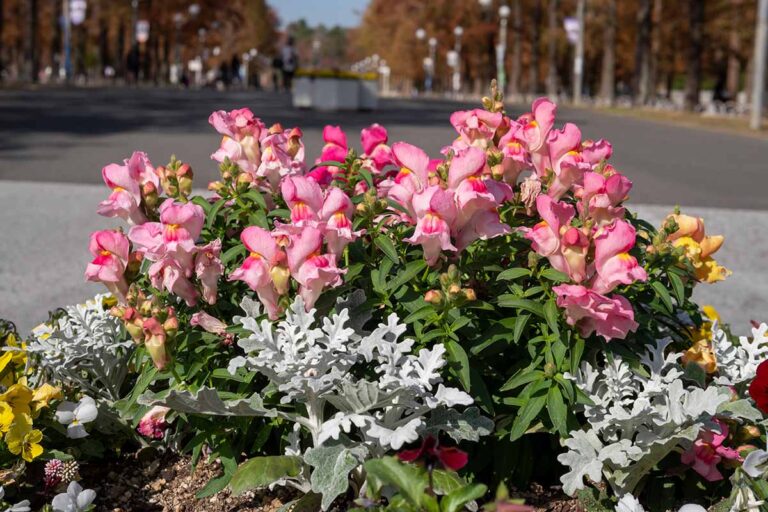Plant Bulbs This Fall: Expert Guide to Stunning Spring Garden Success
The arrival of autumn brings two things: cool weather and the ideal season to plant bulbs which will create stunning spring flowers that will turn your garden into a colorful masterpiece. Your neighbors will be rushing to plant their spring garden while you can take pleasure in watching your daffodils and tulips and hyacinths establish robust underground systems which will produce stunning displays when winter releases its hold.
The scientific principles of fall bulb planting convert ordinary gardening uncertainty into exact procedures which produce successful outcomes. The compact structure of spring-flowering bulbs contains all the necessary energy for their annual display which they store during the current year. Planting bulbs during autumn season provides bulbs with their needed cold treatment period which activates essential biochemical processes for strong springtime blooms.
The Scientific Basis of Autumn Planting
The secret to successful fall bulb planting depends on recognizing bulbs as natural storage systems which need particular environmental signals to grow.

Bulbs need to spend 12-16 weeks in cold temperatures after autumn planting to activate their natural hormonal responses which will break dormancy and start flower development. The temperature range of 35-48°F represents the essential period because bulbs establish deep root systems while accumulating energy for their fast springtime growth.
The research on bulb biology shows how crucial timing is for plant growth. The bulb contains an entire tiny plant structure with flower buds and leaves and roots that exist in a dormant state surrounded by nutrient reserves. Soil enzymes become active at specific temperature ranges which enables them to transform stored starches into usable energy. The bulb develops root initials at the same time which secure the bulb and create pathways for nutrient absorption to support fast springtime development. The underground development period explains why bulbs planted at the wrong time produce thin and weak growth because they lack the required cold period.
Optimal Timing for Maximum Results
The process of planting fall bulbs needs you to match your gardening schedule with natural weather patterns and soil microbial activity. The ideal planting season starts when nighttime temperatures remain between 40-50°F for two weeks straight which usually happens 6-8 weeks before complete soil freezing. The planting period allows bulbs to develop strong root systems before they start growing new shoots which would become exposed to winter harm.

Researchers need to examine the particular climate features of each region when they conduct regional variation analysis. The planting window for Northern gardeners in USDA zones 3-4 extends from early to mid-September while gardeners in zones 5-6 should plant between late September and mid-October. Zone 7-8 gardeners can extend planting through November, and zone 9-10 enthusiasts should plant in December or pre-chill bulbs for 12-15 weeks before planting. Urban gardeners experience delayed optimal planting times because of heat island effects which extend the season by 1-2 weeks but rural gardeners with open exposures need to start planting earlier because their soil cools down more quickly.
Nature gives us dependable signs which go beyond the typical time indicators of the calendar.
The process of deciduous tree leaf drop and morning glory vine frost damage and cricket song disappearance indicates that soil temperatures have reached the perfect planting conditions for bulbs. Professional growers check soil temperatures at 6 inches depth until they reach 50-55°F before starting their major planting activities.
Soil Science for Underground Success
The initial requirement for spectacular spring blooms requires knowledge about how bulbs need well-draining soil and particular nutritional requirements. The heavy waterlogged soil causes bulbs to suffocate which leads to fungal infections that result in mushy bulbs that fail to appear in spring. The perfect bulb soil should have a texture that resembles chocolate cake crumbs because it retains moisture which stays together when pressed but crumbles when touched.

The success of bulbs heavily relies on pH optimization because most spring-flowering bulbs need soil acidity between 6.0-7.0 to thrive optimally. Soil testing results show the current pH status of the soil while indicating the required adjustments for pH levels. Heavy clay soils need 2-3 inches of compost combined with perlite or coarse sand to enhance drainage and air circulation. The addition of organic matter to sandy soils serves two purposes by improving water retention and providing necessary nutrients. The goal requires creating soil that allows water to drain within 4-6 hours after heavy rain but maintains sufficient moisture levels for plant root health.
The process of professional soil preparation requires gardeners to dig planting areas twice to a depth of 12-14 inches while placing organic fertilizers at root depth instead of adding them to planting holes. This method prevents fertilizer burn while delivering nutrients at a steady rate from start to finish of the growing period. The addition of mycorrhizal fungi inoculants leads to enhanced nutrient absorption efficiency because they improve phosphorus uptake which supports healthy flowering. The beneficial fungi form symbiotic bonds with bulb roots to increase their reach and protect them from diseases.
Premium Bulb Selection Strategies
The correct bulb selection makes the difference between a beautiful spring garden and a disappointing one.
Premium bulbs possess a dense weight and firmness which matches their dimensions while remaining free from soft areas and cuts and mold growth. The basal plate which serves as the flat bottom of the plant should show fresh and undamaged appearance since any dryness or damage indicates poor quality. Check bulbs for any green shoots that may have appeared before storage because this indicates improper storage conditions or exposure to excessive heat.

The size of tulips and daffodils at planting time determines their future growth potential. Premium-grade tulip bulbs reach a minimum circumference of 12 centimeters to produce multiple stems with bigger flowers. The biggest daffodil bulbs create the best results because they grow into large clumps which expand naturally throughout multiple growing seasons. Economy bulbs appear budget-friendly to gardeners but they generate limited and tiny blooms which rarely survive from one growing season to the next.
The strategic selection of various flower types enables extended blooming seasons which produce 6-8 weeks of uninterrupted flower color. The garden starts with early-season crocus and snowdrops that appear during winter before daffodils and hyacinths bloom in mid-season and tulips and alliums finish the season in late spring. The succession plan prevents any interruptions in springtime color displays while it optimizes the visual effects of your bulb investment. When creating complete bulb displays you should focus on the height of blooms and the selection of colors and the time when flowers will bloom.
Professional Planting Techniques: Depth, Spacing, and Orientation
The basic principle of bulb planting which involves burying bulbs at three times their height needs careful application to achieve the best results. The measurement represents the distance from the soil surface down to the bulb tip so a 2-inch tall tulip bulb requires 6 inches of soil depth. Soil type modifications lead to better results because planting depth should reach 1-2 inches in sandy soils that dry out quickly but remain at a shallower depth in heavy clay soils that have poor drainage.

The current appearance of bulbs together with their future survival depends on the distance between bulbs. The proper growth of tulips and daffodils requires 4-6 inches of space between bulbs to preserve their natural appearance. The planting distance for small bulbs such as crocus and grape hyacinth should be 2-3 inches apart to create natural colonies through division. Professional designers use unstructured bulb clusters instead of straight lines to create naturalistic displays which mimic the appearance of wild bulb meadows.
The correct placement of bulbs when planting leads to successful growth because bulbs with symmetrical ends need particular positioning. Look at the bulb base for the flat basal plate which indicates root growth direction because it always points toward the ground. The practice of planting bulbs upside down results in wasted energy because the plants must redirect their growth which leads to weak and curved stems that fail to achieve their natural height. Symmetrical bulbs will develop their roots and shoots correctly when planted on their side because of natural geotropic responses.
The Lasagna Method: Advanced Layering Techniques
Skilled gardeners achieve three-dimensional bulb arrangements by using sequential layering methods which generate continuous color throughout a single planting area across multiple months.

The lasagna method requires placing big late-blooming bulbs such as Darwin tulips and giant daffodils at the bottom of the bed which should be 8-10 inches deep. The planting depth for small bulbs requires a 2-inch soil layer to separate them from medium-sized mid-season bulbs like hyacinths and species tulips which need 6-8 inches of soil depth. The upper 2-4 inch section of the planting bed contains early-blooming minor bulbs which include crocus and snowdrops and grape hyacinth.
The vertical arrangement of plants in this design pattern makes the most of available space to create visually appealing seasonal displays which change appearance throughout the spring season. The first blooming plants appear when tree leaves are still open to sunlight before the main bulb growth starts. The dying foliage of early bulbs disappears from view when new leaves from subsequent varieties start to grow. Professional installations implement 5-7 different bulb types in one planting area to create complex flower arrangements which produce continuous blooms for 8-10 weeks.
The technique produces remarkable portable displays which work well as patio decorations and entryway displays and focal points. Selecting progressively smaller bulb varieties allows planting in standard containers, with the largest bulbs occupying the deepest level and smallest varieties near the surface. The strategic timing of plant selection enables gardeners to create synchronized growth patterns which produce either monochromatic or complementary color schemes that result in professional-grade container gardens.
Troubleshooting Common Problems
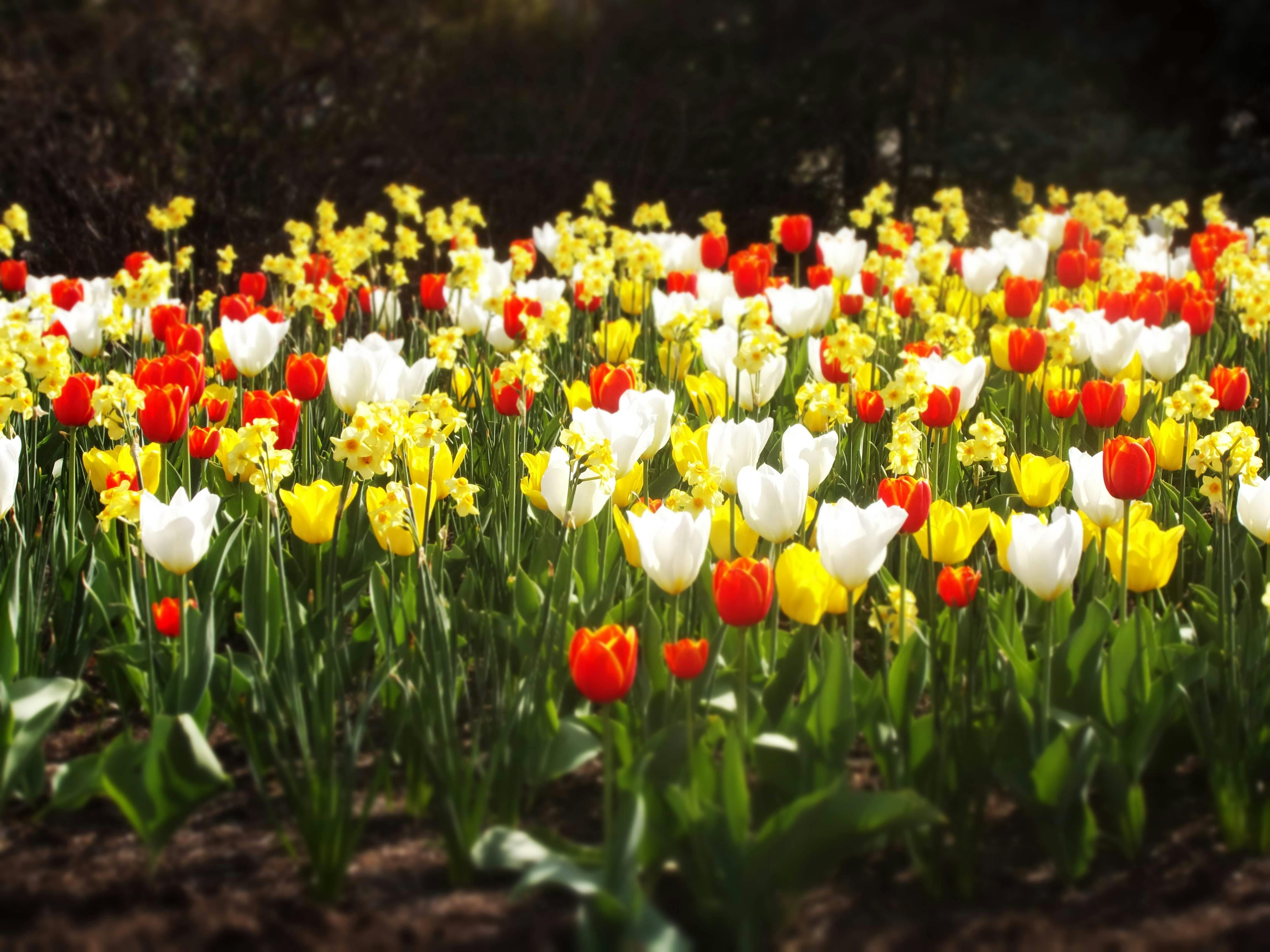
Experienced gardeners deal with occasional problems that harm bulb development yet their knowledge of root causes enables them to convert these obstacles into learning experiences. Weak and spindly bulb growth indicates insufficient chilling periods because the bulbs were planted at an improper time or exposed to unusually warm winter weather. The bulbs produce foliage but fail to flower correctly because of “blindness” which develops when flower buds do not properly form during the chilling period.
Premature emergence during winter warm spells is a common problem that mainly occurs in areas with unstable temperature conditions. The survival of bulbs with exposed foliage under light frost conditions is possible but multiple freeze-thaw events will drain their energy stores which weakens their spring growth potential. 2-3 inches of mulch applied after the ground freezes will regulate soil temperature fluctuations and stop plants from premature growth. The mulch removal process needs to begin during early spring to enable plants to grow naturally.
Bulb rot leads to soft mushy bulbs that do not emerge because of inadequate drainage or excessive water during the dormant season.
The prevention of waterlogging requires two essential elements which include modifying the soil structure and choosing appropriate locations for construction. The combination of raised beds with French drainage systems provides ideal growing conditions for heavy clay soils because it directs water away from planting areas. The process of rot makes it impossible to save affected bulbs but taking out the affected bulbs right away stops the disease from moving to other healthy bulbs.
Post-Bloom Care: Ensuring Years of Spectacular Returns
The survival of bulbs as perennials depends on the period after spring bloom to become long-term plants or annuals. The leaves of your plants need to stay on the plant for 6-8 weeks after the flowers have faded because they continue photosynthesis to build up energy reserves for next year’s blooms. The removal of foliage before its natural time weakens bulbs gradually until they stop flowering or fail to bloom.
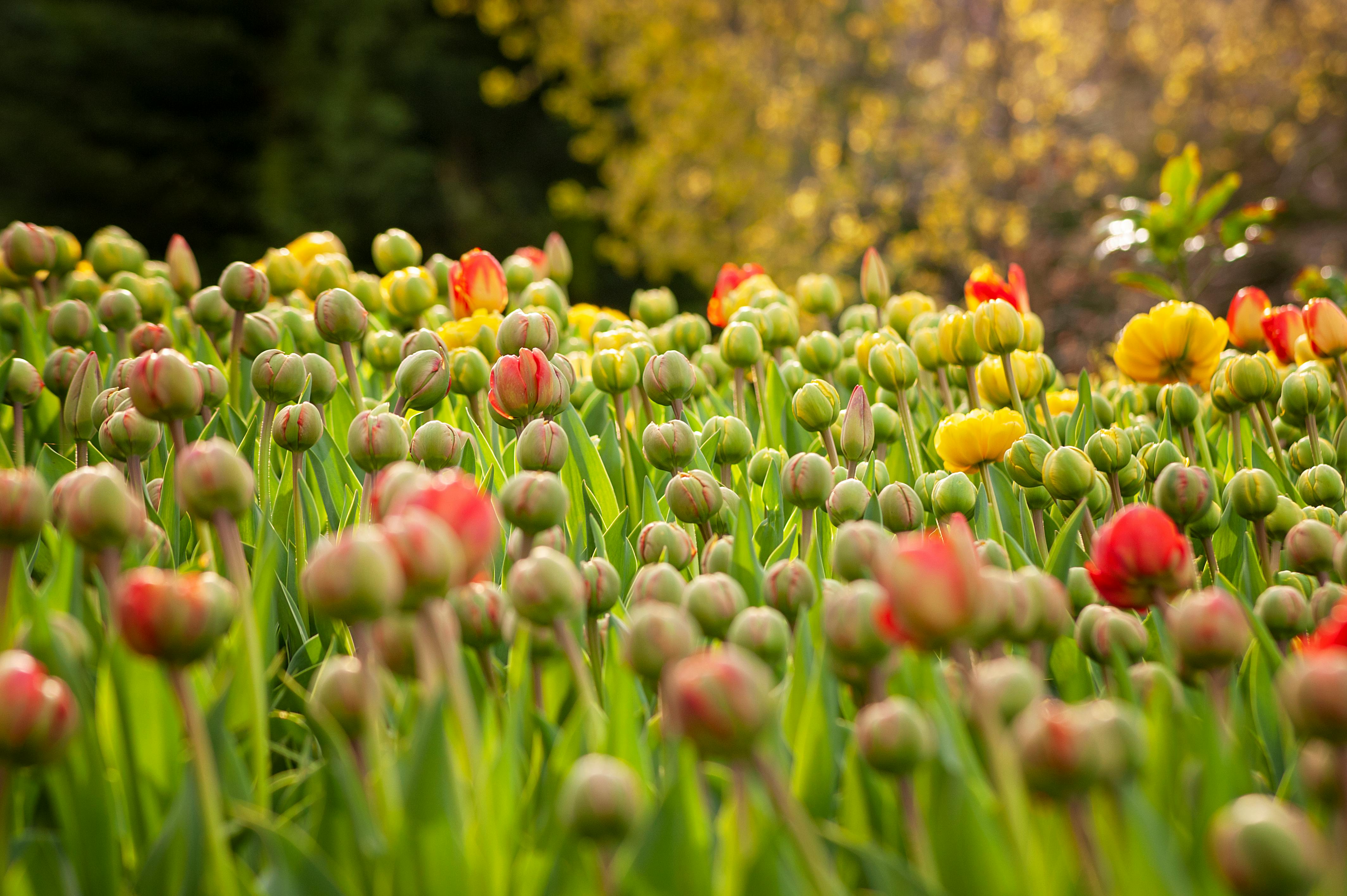
The practice of strategic deadheading helps redirect plant energy from seed production toward bulb growth especially for tulips and hyacinths since these plants allocate most of their resources to seed development. Remove spent flowers carefully, taking only the bloom while leaving stems and foliage intact to continue their photosynthetic work. The seed production of daffodils and small bulbs leads to natural colony formation which makes deadheading unnecessary for these specific varieties.
The success of bulb growth depends on when fertilization takes place. Use balanced slow-release fertilizers during spring foliage emergence to deliver nutrients which help current growth while establishing reserves for the upcoming season. Plants will produce more flowers when you use fertilizers containing low nitrogen because these fertilizers promote flower production over leaf growth. Choose formulations that contain higher phosphorus and potassium levels because they promote strong root growth and better flower production.
Specialized Climate Adaptation Techniques

The achievement of gardening success depends on tailoring universal gardening methods to regional elements which create significant effects on bulb growth. Northern gardeners should plant bulbs one to two inches deeper than usual to protect them from freeze-thaw cycles that cause bulbs to rise to the surface. The application of 3-4 inches of straw or shredded leaves as mulch after ground freeze protects the soil while controlling temperature variations.
The Southern region presents unique gardening conditions because its insufficient winter temperatures prevent bulbs from achieving their complete growth potential. The practice of placing tulip bulbs in refrigerators for 12-15 weeks before planting serves as a substitute for insufficient natural winter cold temperatures. Store bulbs in paper bags which should be placed away from fruits that ripen because these fruits produce ethylene gas that damages flower development. Plant pre-chilled bulbs right away after taking them out of refrigeration storage to stop them from sprouting too early.
The success of bulbs in coastal gardens depends on handling two main obstacles which include salt spray and sandy soil conditions.
The combination of salt-resistant plants including daffodils and alliums with organic matter soil amendments provides a dependable gardening method which improves water retention and nutrient availability in sandy soils. Strong wind protection functions to defend plants from harm while it reduces moisture loss that creates bulb stress during their critical period of need.
Quality Control: Professional Standards for Guaranteed Results
Professional bulb growers use particular quality indicators which produce consistent spectacular results throughout each annual growing season. The first requirement for success demands soil temperature checks using 6-inch deep thermometers to confirm proper planting conditions before beginning the installation work. Bulbs need extra time to chill when soil temperatures exceed 60°F but planting should be delayed when soil temperatures drop below 45°F to shorten establishment time.
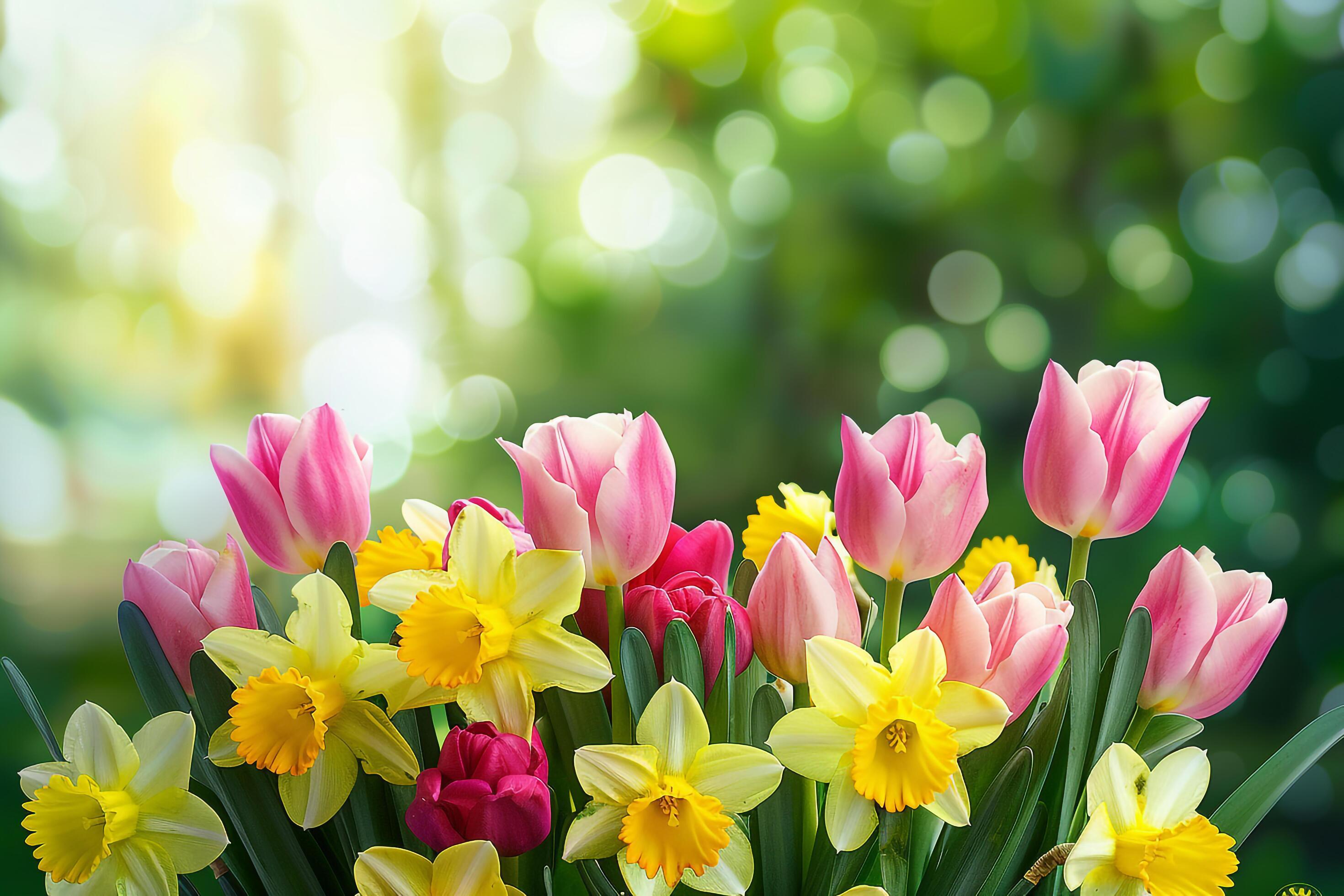
Drainage testing serves as a vital quality control method that needs to be performed. Dig holes to the intended planting depth then fill them with water to check how quickly the water drains. The correct disappearance time of water in properly prepared soil should be between 4 to 6 hours. The slow drainage rate needs soil modification or additional amendments to stop bulb rot which would only show up in spring.
The inspection of bulbs at arrival reveals that storage and handling practices create direct impacts on their operational quality in the future. Premium suppliers deliver bulbs through breathable mesh bags that stop moisture buildup and safeguard the bulbs from physical harm. The bulbs need to reach the destination with a firm state while showing plumpness and no signs of mold or significant surface damage. All soft or damaged bulbs need to be thrown away right away since they carry diseases which can spread to other bulbs in storage or planting areas.
The process of planting fall bulbs enables gardeners to create stunning spring displays which provide multiple seasons of vibrant colors at minimal upkeep.
Through the study of bulb biology and exact timing methods and gardening expertise gardeners can achieve better-than-expected results while building their gardening skills. Your garden will produce extraordinary results in spring because of the time and effort you dedicate this autumn.

